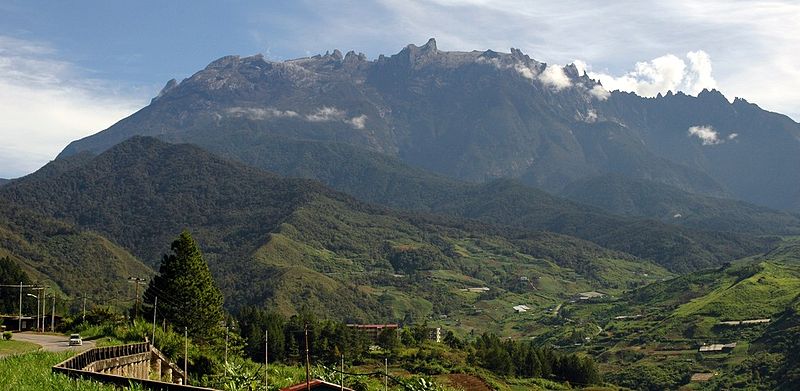 Turn your world upside down when you visit this unique house in Tamparuli – literally! The ‘Rumah Terbalik’ (which translates to Upside Down House) is the first of its kind in South East Asia and among the five upside-down structures in the world (3 are found in Europe and another in Japan).
Turn your world upside down when you visit this unique house in Tamparuli – literally! The ‘Rumah Terbalik’ (which translates to Upside Down House) is the first of its kind in South East Asia and among the five upside-down structures in the world (3 are found in Europe and another in Japan).
The house was opened to the public in early February 2012 and has since been attracting visitors from near and far. The house itself is hard to miss, having been flipped upside down, with its floor facing skyward. Everything inside the house, from furniture to household appliances, hover above your head, as the ceiling is actually the floor. Visitors will notice some distinguishing Sabahan décor and features showcased in this house. In the garage, a car is parked upside down. It might seem disorienting in the first few seconds, but the fascination of it all takes over. This architectural wonder has also been included in the Malaysia Book of Records for being the first of its kind in the nation. Visitors can enjoy a meal or afternoon snack at the Rumah Terbalik Café or pick up a souvenir at the Gift Shop. Guided tours are available.
Getting There
The house is located along Mile 21, Jalan Telibong, Tamparuli. The journey by road takes approximately 40 minutes. Taxis can take you from the city centre but be sure to make return arrangements as taxis on standby may not be readily available at this location.
The house is located along Mile 21, Jalan Telibong, Tamparuli. The journey by road takes approximately 40 minutes. Taxis can take you from the city centre but be sure to make return arrangements as taxis on standby may not be readily available at this location.
Opening hours
Daily (including public holidays): 8:00am to 10:00pm
Daily (including public holidays): 8:00am to 10:00pm
Admission fees
MyKad holders: RM10.00
Others: RM18.00
Students/Children below 12 years: RM5.00
Children below 3 years: Free of charge
MyKad holders: RM10.00
Others: RM18.00
Students/Children below 12 years: RM5.00
Children below 3 years: Free of charge

















